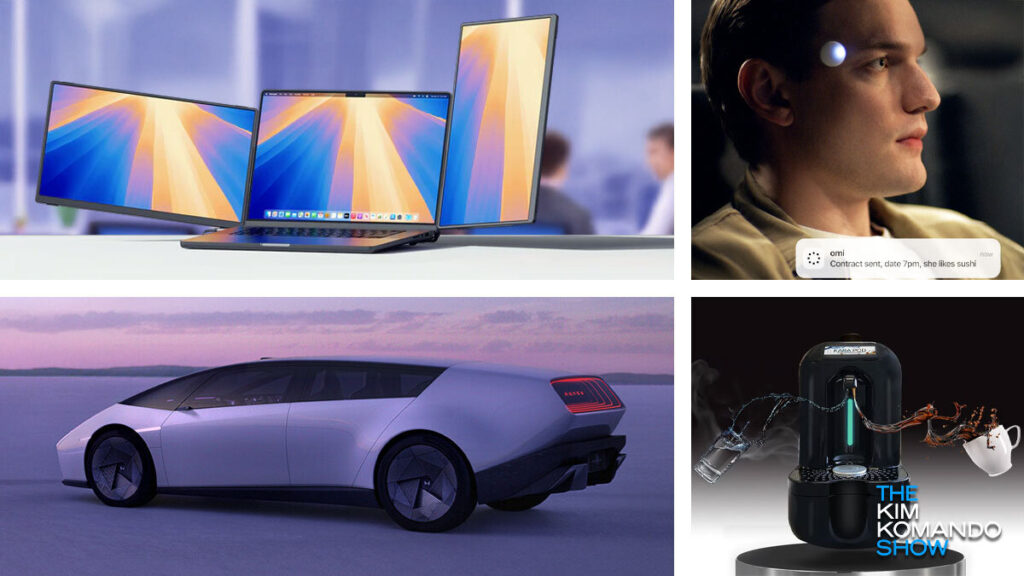At this year’s Consumer Electronics Show (CES) 2025, advancements in artificial intelligence and unexpected innovations took center stage, shaping a fascinating glimpse into the future of technology. In a sea of brilliant but sometimes baffling inventions, some stood out as true game-changers.
The age of robotics is truly upon us as Nvidia, the $3 trillion chipmaking giant, introduced an open-source AI model named Cosmos. This pioneering software creates comprehensive digital simulations that equip robots with the ability to navigate complex environments like homes and factories. The possibilities for enhancing robotic utility are endless.
For electric vehicle enthusiasts, Honda’s 0 Series concept promises a fully charged experience in a mere 15 minutes. Despite its unique and futuristic appearance, the real showstopper is its AI chip touted to support complete autonomous driving—an ambitious leap that even Tesla hasn’t quite perfected. Whether Honda can meet its 2026 target remains to be seen.
Laptop innovation made waves with JSAUX’s FlipGo Horizon, which boasts modularity with its attachable side monitors. However, the practicality of carrying additional screens weighing up to four pounds each is questionable, no matter how seamless the magnetic attachment system is.
In the realm of healthcare, FlowBeam’s BoldJet offers a breakthrough for those with trypanophobia—fear of needles. This needle-free injection system allows for painless administrations, marking a significant advancement given the staggering number of disposable syringes and needles discarded annually.
The beloved VLC media player has received a timely AI-powered update, now featuring real-time subtitles in 100 languages without needing an internet connection. This enhancement is set to revolutionize the viewing experience, especially on cluttered or dysfunctional built-in platforms.
On the culinary front, the Kara Pod innovates like no other with a waterless coffee maker that draws moisture from the air to brew coffee, priced at a hefty $300. While the concept sounds appealing, one might wonder about the taste quality of a brew originating from potentially musty air.
For music lovers, Anker’s Soundcore Rave 3S speaker creatively integrates AI to strip vocals from songs for a more personalized karaoke experience. Complete with wireless microphones and voice enhancement features, this $349 investment promises to transform amateur singing performances.
The fusion of fitness and technology is evident in Omnia’s multifunctional device—a hybrid of a smart mirror, scale, and smartwatch. It assesses your weight and heart health while syncing with other fitness trackers to provide real-time, audible feedback through an AI assistant. Despite its comprehensive features, its market success could mirror past flops like Lululemon’s Mirror.
Augmented reality comes to life with Xander’s GlassesConnect, designed to transcribe conversations into text within your line of sight—a highly beneficial tool for the hearing impaired, albeit at a cost of nearly $5,000.
Finally, there’s the Omi wearable, a $89 gadget that sticks to your face and claims to “mindread” by listening to your everyday conversations and thoughts to help organize tasks. With a three-day battery life, it always stays alert, though privacy concerns may arise for its ever-listening nature.
Beyond these highlights, CES 2025 has left its attendees buzzing with excitement at the potential of smart home advancements and AI innovations. While some of these groundbreaking developments might not see the light of day, they collectively offer a thrilling vision of the tech-dominated future. As always, staying informed about privacy considerations remains essential in this ever-evolving landscape.


